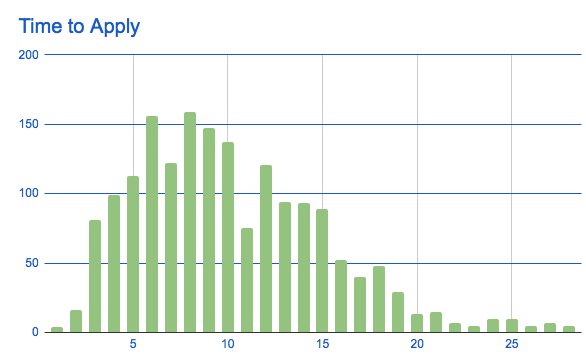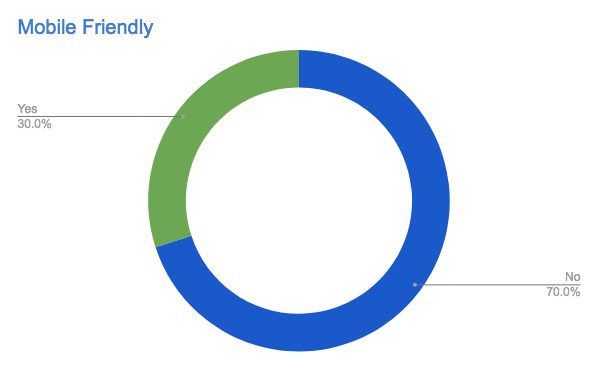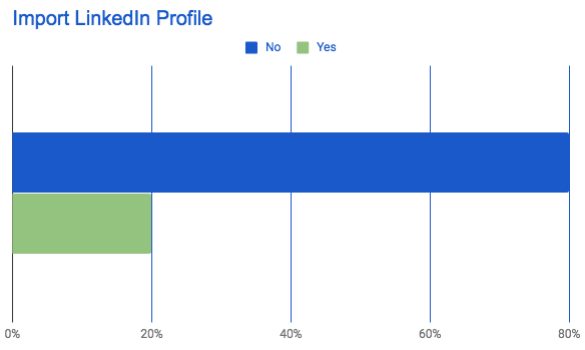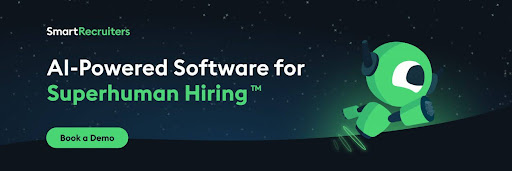These are the glitches that are killing your candidate experience, and here’s what you can do to fix it now!
For 70 percent of candidates, the path to a new job starts on Google with a casual keyword search. A candidate wants to probe the market without committing too much time or effort; in fact, 60 percent of online applications are abandoned because they are too complicated or lengthy.
We know that applying for a job is rough, but a 60 percent abandon rate for online applications overall surprised us – is it really so hard to apply for a job online? We had to know! So, we decided to walk the proverbial mile in the candidate’s shoes by applying to just over 1,000 jobs online through 23 different applicant tracking systems (ATS) – and 50 without an ATS – to understand what it’s really like for candidates, and what recruiters need to know.
Here’s what we found…
1.
The average application took 9 minutes to complete from the moment we clicked apply to the moment we hit submit. Keep in mind that after a couple hundred we became pretty fast – your average candidate is going to take longer.

2.
A confirmation email is one of the easiest candidate experience wins to execute, so we were surprised that 30 percent of online applications still don’t have this feature. In this day and age, sending an automatic confirmation that your company received an application should be par for the course. A simple “thanks for applying” email in the applicant’s inbox assures the candidate that their information is being considered. That way, they don’t feel like they wasted 9 minutes of their life sending personal data into a black hole.
3.
Only 30 percent of online applications were mobile friendly. It’s a big deal when you consider that, in a separate survey of our own customers, we found that hiring through our mobile app is, on average, two days faster than using a desktop.

There’s no hard and fast rule for what makes an application “mobile friendly”, but you know it when you see it. In general, a mobile-friendly application should be able to import details from LinkedIn, and/or have a great resume parser that doesn’t require extensive editing. In addition, it should automatically format for mobile screens so applicants aren’t trying to zoom in on clunky websites.
4.
Ninety percent of applications required the candidate to create a login before filling out an application. It may not seem like a big deal to ask the candidate to create an account, but if your site doesn’t allow the user to import details from LinkedIn or Facebook it may be a barrier of entry your candidate isn’t willing to hurdle.
5.
Speaking of… only 20 percent of applications enabled the applicant to import information from LinkedIn. We were shocked that more systems don’t take advantage of this ready-to-go profile.

6.
A disappointing 40 percent of applications required us to rewrite our resume and/or CVs after already having uploaded them in document form – either due to bad resume parsing, which required extensive editing, or no parsing at all!
7.
We couldn’t complete 18.3 percent of online applications for varying reasons, including technical issues or the company required the application to be dropped off in-person.
Did you love this data? Check out our study on where the most time is spent and saved in hiring here! We look at over 30,000 hires to see which step is the biggest time-suck, and how to keep your process moving.






